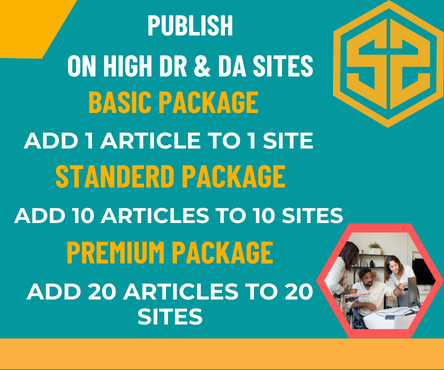As the workplace shifts to hybrid models, cross-border collaboration, and AI-augmented roles, the concept of the organizational chart must evolve. The future of work demands more than just a diagram of who reports to whom — it requires a blueprint of how people interact, innovate, and get things done.
What Today’s Teams Really Need
The traditional org chart is a poor representation of how modern teams operate. In reality, employees often work in project-based squads, temporary task forces, or communities of practice that aren’t reflected in a linear chart. These dynamic work relationships need to be visualized and supported.
Enter the network-based org chart — a model that emphasizes relationships over ranks. Inspired by social network analysis, these charts map how people collaborate, share knowledge, and influence decisions, offering a more authentic picture of how work flows through an organization.
AI and Role Fluidity
With AI automating routine tasks, human roles are becoming more fluid, creative, and interdisciplinary. A modern org chart must show capabilities and responsibilities, not just job titles. Tools are emerging that tag employees by skillsets, certifications, and contributions, enabling leaders to assemble the right talent for any given challenge, regardless of department.
Transparency Drives Empowerment
Transparent org charts improve trust, onboarding, and employee engagement. When new hires can instantly see who’s responsible for what, and how teams connect, they become productive faster. Moreover, transparency helps identify internal mobility opportunities, promoting career growth and retention.
The Org Chart as a Strategic Asset
Forward-thinking companies are treating their org chart as a strategic asset. It informs talent planning, diversity and inclusion efforts, and even mergers and acquisitions. By understanding the human infrastructure beneath their business, leaders can make smarter, data-informed decisions.
Conclusion
In the future of work, the org chart is less a static document and more a living map of possibilities. When designed with intention and updated continuously, it becomes a powerful tool for enabling agility, inclusion, and innovation across the enterprise.

